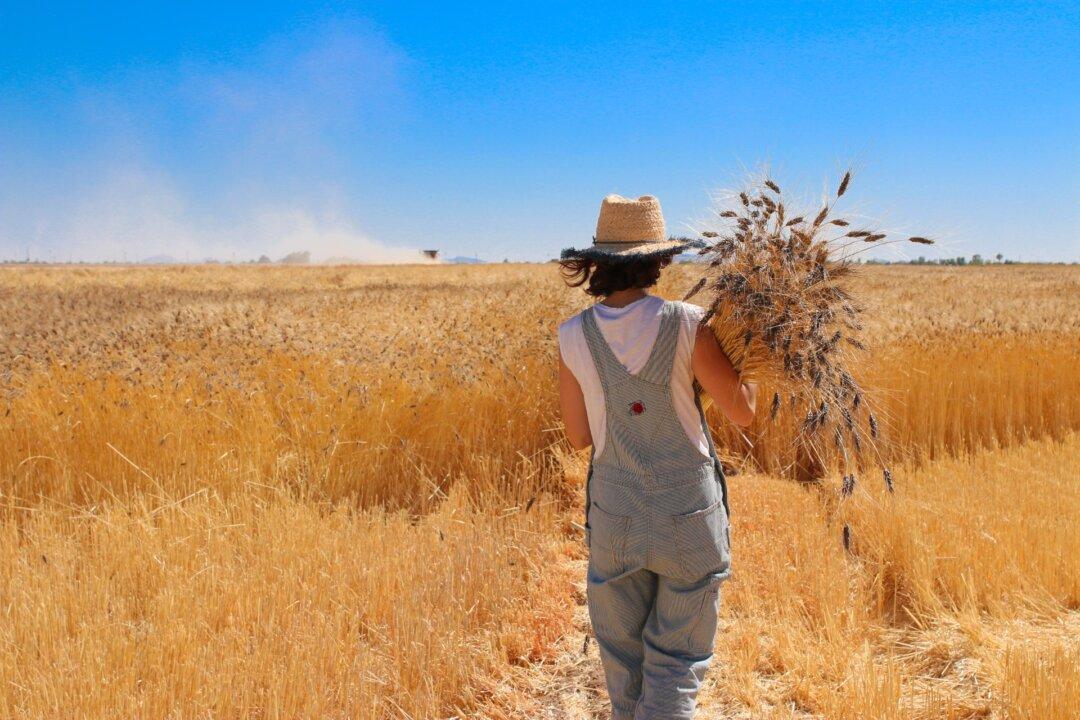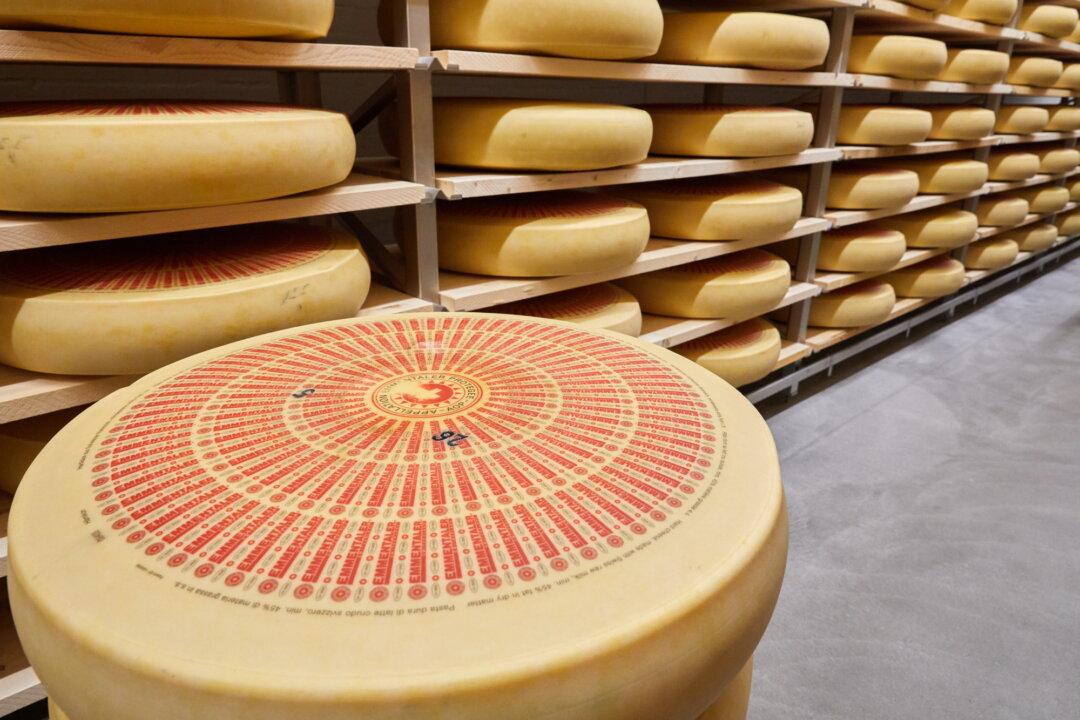Most of the flour on our grocery store shelves is essentially the same thing, says Emma Zimmerman, co-founder of Hayden Flour Mills in Queen Creek, Arizona. It’s made from a couple strains of modern wheat, grown in the United States and sent to one mill in Italy to be milled. “They just put it in different bags,” she said.
The flours that Hayden Mills produces, on the other hand, have character. They’re freshly milled from ancient wheat varietals, cultivated by their partner and neighbor Sossaman Farms, then carefully blended for specific uses—pizza, pastry, bread, and more.




